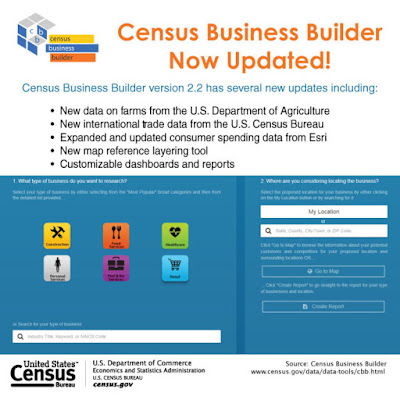New York Population FactFinder

From FactFinder : NYC Department of City Planning’s Population Division is proud to announce the release of New York City Population FactFinder (NYC PFF), a major update of NYC Census FactFinder (CFF). The application has been developed at City Planning by its extraordinary Labs Team, and they are excited to finally share it with you! The latest iteration includes a host of improvements that the user base has requested, including: Intuitive design that allows you to easily define study areas Enhanced interactive map and expanded geographic options for creating custom study areas by combining census blocks, tracts, neighborhoods (NTAs), or Community Districts (PUMAs) Expanded profile content, including population density; and detailed languages, countries of birth, and disability status Indicators of reliability and statistical significance for all estimates, so you can be confident using the data Change over time and detailed comparisons of two areas Ability to save and share un...









